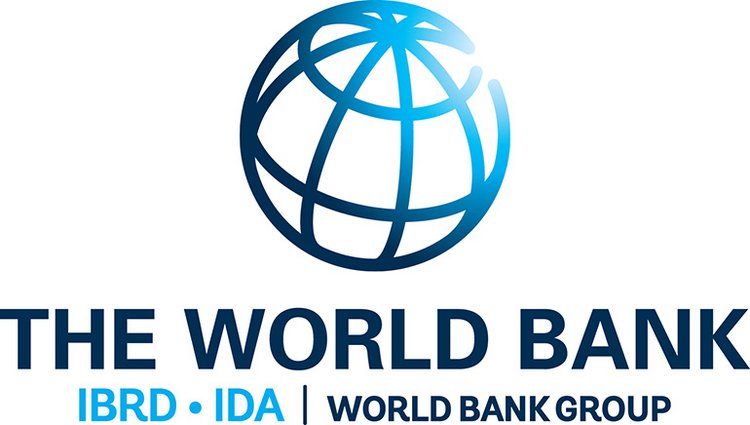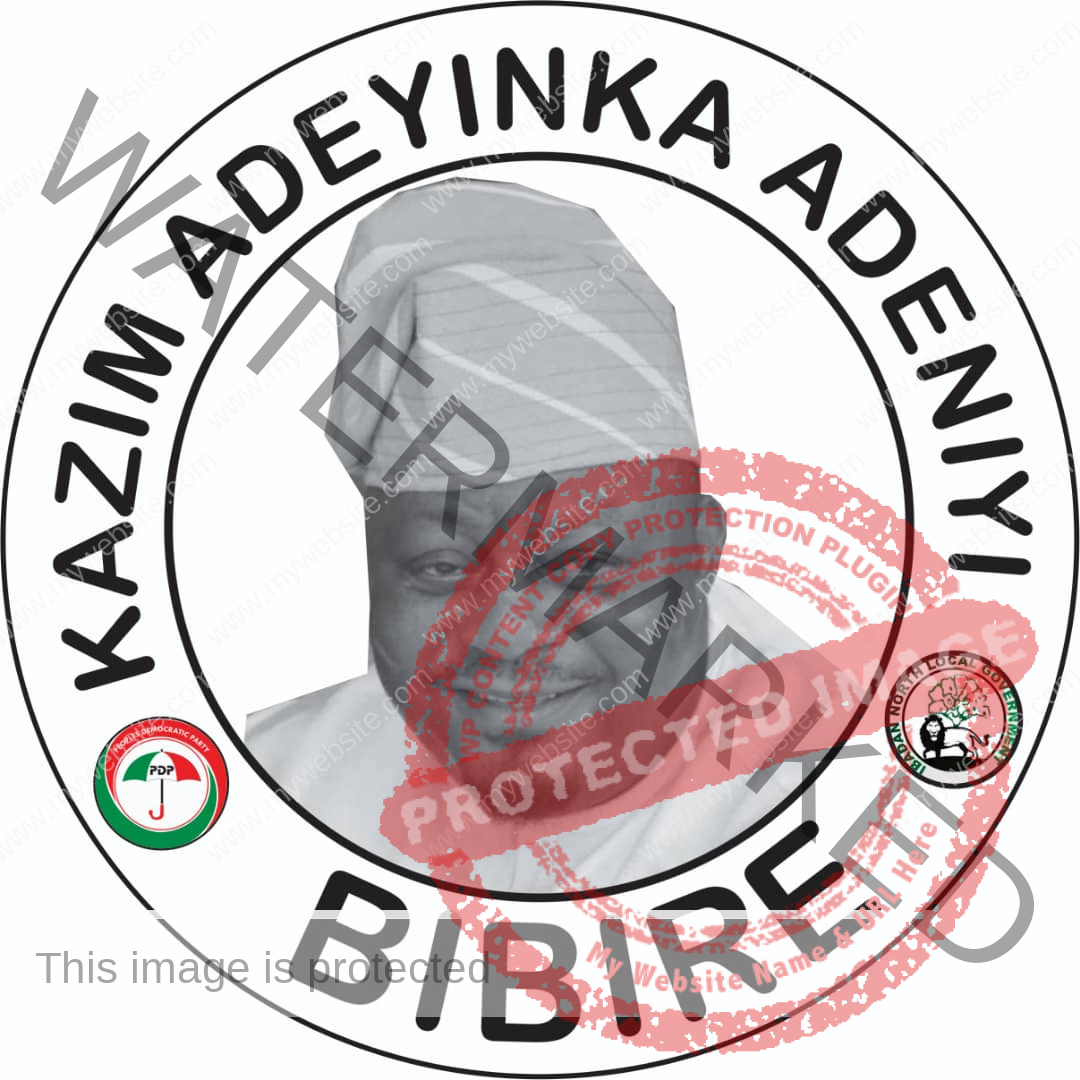


According to the newly released World Bank Fiscal Year 2022 audited financial statements for IDA, Nigeria has risen to fourth place, with $13 billion in IDA debt stock as of June 30, 2022.

Nigeria has risen on the World Bank’s list of the top ten International Development Association borrowers.


According to the newly released World Bank Fiscal Year 2022 audited financial statements for IDA, Nigeria has risen to fourth place, with $13 billion in IDA debt stock as of June 30, 2022.
The PUNCH reports that Nigeria was ranked fifth in the World Bank’s Fiscal Year 2021 audited financial statements, known as the IDA financial statement, with $11.7 billion in IDA debt stock as of June 30, 2021.
The new data shows that Nigeria’s IDA debt stock approximately rose by $1.3 billion in a fiscal year, rising above Vietnam to become the fourth largest debtor.


This debt is distinct from the $486 million loan from the World Bank’s International Bank for Reconstruction and Development.
Except for Nigeria, the top five countries on the list reduced their IDA debt stock slightly.
India, which is at the top of the debtors’ list, reduced its IDA debt stock from $22 billion in the previous fiscal year to $19.7 billion.
This is followed by Bangladesh, which reduced its IDA debt stock from $18.1 billion to $18 billion.
The economic profile under President Muhammadu Buhari on all fronts does not look good for Nigeria.
Similarly in July 2022, a report by SBM Intelligence, published by SaharaReporters showed how the rate of malnutrition had increased among children in Nigeria since President Buhari came to power in 2015.
According to the report, information and data were gathered from different interview sessions conducted in 10 states across the country to examine how inflation has aggravated food scarcity in the country, particularly among young children.
The report reads in part: “Interviews were conducted in 10 states across the country (Abuja, Anambra, Bayelsa, Delta, Edo, Imo, Kogi, Lagos, Rivers and Sokoto) to examine if the present economic condition has affected the diet of children. That is to say, are children now seen with signs of malnutrition?
“Respondents in Sokoto confirmed that children are beginning to show signs of malnutrition in the region. One of the respondents had this to say: ‘The average Northerner does not care so much about the food he eats or whether the food is a balanced diet. They just make sure there is something in their stomach. They do not care if the food given to the children is balanced as well. The recent economic situation, especially the increase in prices of foodstuff has made the situation worse. So will say yes, more children are now showing signs of malnourishment. They look pale when they come to school.
“Judging from this respondent’s statement, we can infer that more people have fallen below the poverty line. A respondent in Kogi, a petty trader, said that her husband, who is a university lecturer, has not been paid his salary for months because of the ongoing ASUU strike, hence the family is struggling to feed.
“From her point of view, her family can still afford food for now, but she does not know what will happen if the ASUU strike and nonpayment of salaries continue till the end of the year. She also mentioned that children are increasingly being seen in the streets with signs of malnutrition.
“Those who hitherto could easily provide their families with three square meals a day are now struggling to keep up because of economic hardship. Some have dropped to two meals, but most have been reduced to one. This was according to a respondent in Edo State. A staff member of the state university in Edo said that he currently has challenges feeding his family as he has not been paid for seven months.
“According to him, some of his colleagues are suffering the same fate. ‘So why will you not see children with malnutrition when there is not sufficient money for a balanced diet?’” he asked.
The report also explained how the average cost of making a pot of jollof rice went up from N8,595 to N9,311 at the end of Q2 2022, an 8.3 percent increase.
It was noted that Bauchi had the highest cost at N11,600, followed by Wuse II at N11,300. The noticeable pattern here is that the Northern states had a higher cost of making a pot of jollof rice despite their farming and livestock rearing occupations.
“This trend is accounted for by increased insecurity in those states. Traders who purchase from the rural markets are boycotting those areas. Transportation costs have greatly increased, not only because of fuel shortages but also because of the risk involved in travelling those kidnap-infested roads,” it said.













